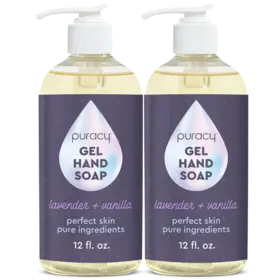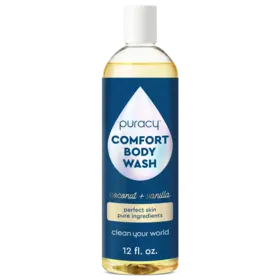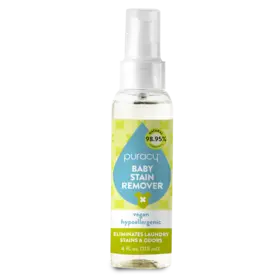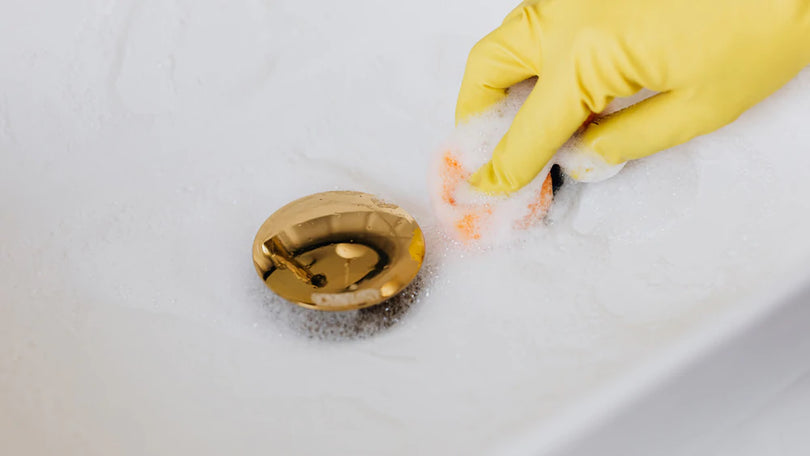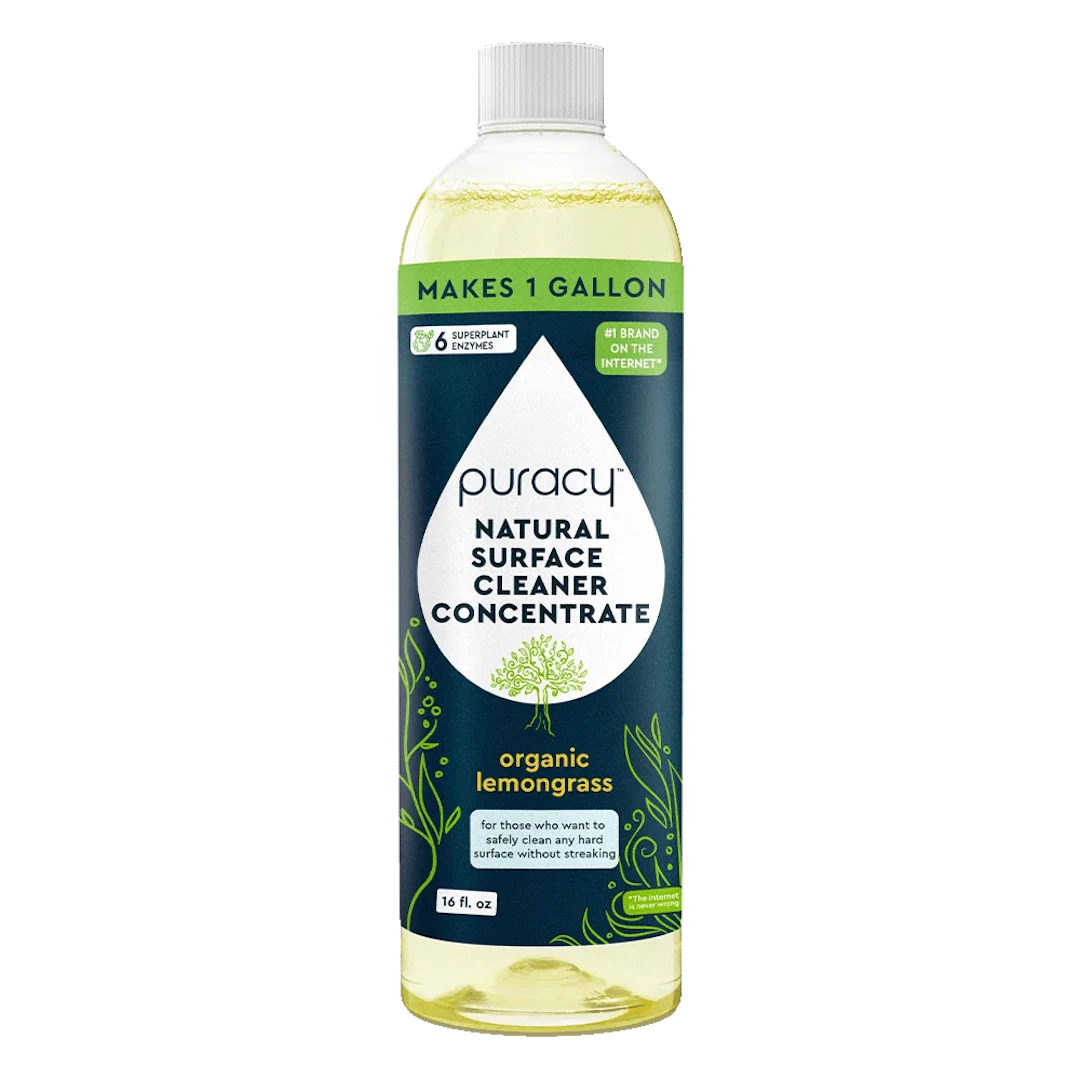You use them every day, often more than once, but how often do you think of cleaning your gas oven? Cleaning your gas oven regularly is crucial to ensuring the longevity of your appliance, and you’ll be able to enjoy fresh meals without any strange or unappetizing smells.
The Parts of a Gas Oven
Familiarize yourself with the parts of the gas oven before cleaning.
- Bake element: main source of heat
- Broil element: provides heat to the top of food and is usually found at the top of the oven cavity.
- Convection baffle: contains the fan and is usually found to the rear of the oven cavity
- Convection fan: evenly circulates warm air
- Fan blade: creates airflow throughout oven
- Hidden bake tray: protects oven from spills and drips and is found at the bottom of oven cavity
- Ignitor: ignites heating burner
- Oven rack: holds pans and cookware inside the oven
- Vent tube: releases heat and moisture
Steps for Cleaning a Gas Oven

Learn how to clean a manual or self-cleaning gas oven with the steps below. Always make sure your oven is completely turned off before cleaning – and just to be safe, you can turn off your gas supply, too.
Manual Gas Oven

When cleaning your gas oven, plan ahead, as the cleaning solution needs to set overnight for best results.
What You’ll Need
- Dish Soap
- Natural Disinfectant
- All-Purpose Cleaner
- Baking Soda
- White Vinegar
- Non-Abrasive Sponge
- Paper Towels
- Microfiber Towel
1. Prepare the Oven
Once the oven is turned off and cool, remove the oven racks. Remove any debris or residue using a damp paper towel, or a scraper for hardened food residue.
2. Disinfect Racks
Soak the racks in water and dish soap. Spray on disinfectant and let it sit for up to 10 minutes before rinsing.
2. Create the Solution
Combine ½ cup dish soap, 1 ½ cups baking soda, and ¼ cup white vinegar in a bowl until you have a smooth paste.
3. Coat the Oven
Use the sponge to spread the paste on the convection elements, broiler, and the rest of the interior, including the door. Avoid scratching and over scrubbing by using a non-abrasive sponge or microfiber towel. Let it set overnight.
4. Wipe Away Solution
The following day, wipe away the paste with along with the grease and grime that had been loosened up overnight.
5. Rinse
Once you've removed all the accumulated grime and spills from the oven's interior, you can give it a final rinsing with warm water.
6. Wipe Down Exterior
Use a microfiber towel and all-purpose cleaner to wipe down the exterior of the oven, as well as tackle any stains on the glass window.
Pro tip: Keep the heating elements away from water or moisture, as this can damage the appliance.
Self-Cleaning Gas Oven

Always refer to your oven’s manual to ensure you’re using the right setting and utilizing proper materials.
What You’ll Need
- Dish Soap
- Natural Disinfectant
- All-Purpose Cleaner
- Baking Soda
- White Vinegar
- Abrasive Sponge
- Paper Towels
- Microfiber Towel
1. Prep the Oven and Racks
Turn off the oven and let it cool. Remove the oven racks and use a paper towel or scraper to thoroughly remove any crumbs, residue, or debris. Always use non-abrasive products like a soft sponge or microfiber towel to avoid scratching or over scrubbing.
2. Disinfect and Sanitize
Fill the sink with warm water and dish soap, and let the racks soak in the solution. Spray on disinfectant, letting it sit for 10-15 minutes. Rinse thoroughly.
3. Use the Self-Cleaning Feature
Turn on the self-cleaning feature. Once it is finished, thoroughly wipe away ash with a damp paper towel.
4. Combine the Cleaning Solution
Make a paste using ½ cup dish soap, 1 ½ cups baking soda, and ¼ cup white vinegar in a bowl. Combine until you have a smooth consistency.
5. Coat the Broiler and Rest of the Interior
Spread the paste over the convection elements, broiler, and the rest of the interior, including the door, using a microfiber towel or sponge. Allow the solution to sit for 5-6 hours or overnight.
6. Wipe Away Loosened Debris
After it has completely set, use a clean sponge or microfiber towel to wipe away the paste, also collecting grease and grime that is now loose and easy-to-remove.
7. Thoroughly Rinse Interior and Exterior
Use warm water to thoroughly rinse the interior and exterior of the oven.
8. Wipe Away Any Remaining Stains
Go over the oven’s exterior with a microfiber towel and all-purpose cleaner, focusing on stains on the oven’s glass window.
Pro tip: Some self-cleaning ovens can leave your home hot and smelly, as well as releasing carbon monoxide. This can irritate any respiratory conditions, so don't leave the house unattended when using this feature and keep kids and pets away from the kitchen.
Puracy product that helps
Dish Soap
How to Maintain Gas Oven Cleanliness

Keep your oven in good condition all year long with these tips.
Always use a pan.
Avoid cooking food directly on the rack to avoid food run-off and residue from building up and hardening over time.
Clean and wipe after each use.
Every time you use your oven and once it is dry, wipe any spills or crumbs that have accumulated using a cloth and hot water. Tackle any stains with dish soap.
Don’t put too much in the pan.
Food such as bread or cake expand in the oven, so avoid over-stuffing your pan to avoid spillage.
Protect your pans.
Get extra coverage from spills by using a baking sheet under pans to catch any run off or debris.
Frequently Asked Questions

How often should you clean a gas oven?
Regularly cleaning your oven, once every season, prevents hardened dirt or grime from building up. If you notice smoke coming from your oven, it's taking longer to preheat your oven, or your food has a lingering smoky aftertaste, these are signs your gas oven is overdue for a cleaning.
Is a dedicated oven cleaner the best for cleaning ovens?
Oven cleaners can be useful for manual gas ovens, but they should never be used around any part of a self cleaning oven, as the solution could damage the oven’s enamel coating. Also, some commercial oven cleaners contain harsh or caustic chemicals, so be sure to open windows and wear appropriate face and hand protection.
How should you clean an overly dirty gas oven?
You can use a commercial oven cleaner, but as mentioned above, beware of harsh or caustic chemicals and use appropriate protection and ventilation. However, you can also use safer alternatives such as degreasing dish soap and an abrasive sponge, as well as a paste of baking soda and vinegar directly applied to affected areas.
How do you remove hardened stains and dirt?
You can tackle stubborn stains by targeting the affected area with a paste made from baking soda and vinegar. Let it sit for up to 15 minutes and then scrub it with a soft-bristled brush.




